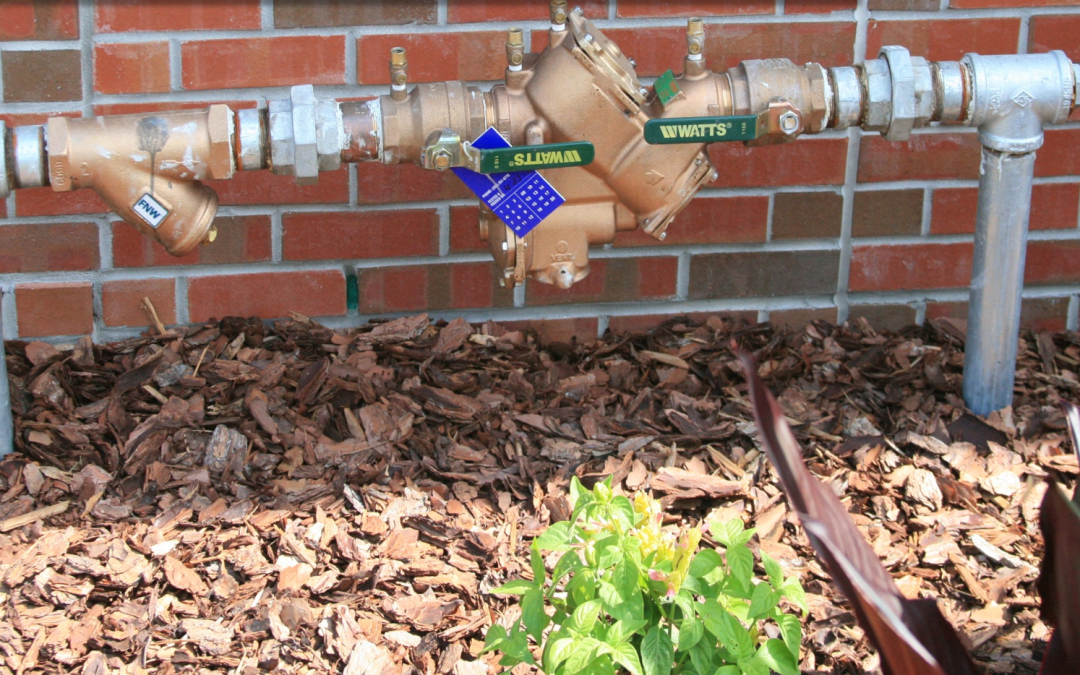
by Mark Tancig | Aug 19, 2019
Horticulture Extension Agents are asked a wide variety of questions, from plant identification to erosion control, from herbicide selection to water regulation. We’re usually expected to know the answer on the spot, too. We’re also expected to write a lot and share information with the public. Well, oftentimes, those factors come together to give us writing inspiration. A challenging question leads to research and gathering of information, which leads to an answer that should be shared so others can learn from it. A recent question regarding the use and regulation of backflow preventers from a longtime gardener inspired my latest knowledge quest and what I found seemed important enough to share with other gardeners.
I would guess that backflow preventers probably aren’t a common item on people’s minds, unless you’re a plumber or in the water supply business. However, backflow prevention devices help ensure that when we turn on the tap to drink, cook, clean, flush, bathe, and yes, garden, that the water isn’t contaminated.
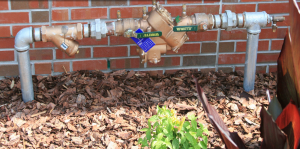
These larger backflow preventers are required to be installed and regularly inspected for certain plumbing systems. They usually hide under utility boxes or fake rocks. Credit: UF/IFAS.
Backflow preventers do just what their name implies, they prevent backflow. Backflow in a plumbing system happens when pressure in another part of the system drops, causing water from other locations to move in to equalize the pressure difference. This can be a problem in a potable water system when the main line loses pressure and water from a contaminated line is pulled in to the main line, potentially contaminating many users water. This can happen when a pipe breaks or during fire-fighting activities, for example. Contaminants of concern include chemical and biological agents, such as heavy metals, industrial compounds, bacteria, and pesticides.
Many of our indoor fixtures have built-in backflow preventers, such as toilets and bathtubs. Exterior backflow preventers, usually found under boxes or fake rocks near the water connection, are required for plumbing systems considered to be more of a hazard risk or where higher pressures could more easily flow back into the line. Examples of such plumbing systems include those with fire-fighting systems, hospitals, several-storied buildings, those associated with certain industrial processes, and, finally back to gardening, irrigation systems. In 1990, the Florida Building Code required that all residential irrigation systems include a backflow preventer. While the Florida Building Code also requires backflow preventers on all hose connections, i.e. spigots, many residential homeowners do not have these in place nor do water suppliers have the budgets to inspect each home’s spigots. A survey of 200 homes in the Midwest during 2002 found that 91% of homeowners did not have a backflow preventer attached to their spigots. I’m not sure north Florida would fare much better.
Gardeners should be aware of this responsibility and go ahead and install a backflow preventer on their outdoor spigots. This is especially true for those that use hose-end fertilizer or pesticide applicators, mix pesticides, or leave a pressurized hose connected to a sprinkler or other device. In addition to chemicals, all sorts of bacteria, algae, and other contaminants can grow in or enter a hose and get sucked back into the house’s line or, worse, the public supply line.
Backflow preventers are cheap and easy to install. A simple brass backflow preventer that connects between the spigot and the hose runs from $3 to $10 and will typically last for several years. You know it’s still working when water leaks out of the backflow preventer as you turn the spigot off. That’s a pretty easy and inexpensive fix to make sure the potable water source stays clean.
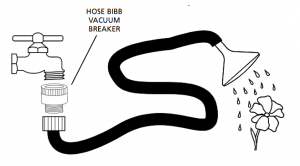
A simple and inexpensive hose bibb/spigot backflow preventer can help gardeners protect their potable water supply. Credit: Univ. S. Cal.
For more information on backflow prevention devices, and to keep writing ideas coming in, please contact your local UF/IFAS Extension Office.
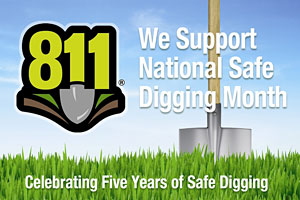
by Sheila Dunning | Apr 9, 2019
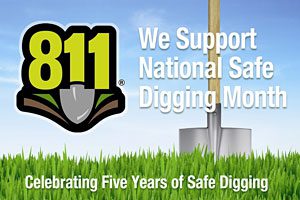 Call 811 before you dig. No one wants a weekend project to be the cause of Internet, phone and cable outages. Worse yet, what if someone gets hurt from contact with natural gas or electrical lines? That’s why it is so important to have buried utilities in the yard located and marked before digging. Sunshine 811 coordinates each individual company to clearly mark where the service lines are located. Homeowners are required by law to contact 811 three days before any soil removal is done. The service is free.
Call 811 before you dig. No one wants a weekend project to be the cause of Internet, phone and cable outages. Worse yet, what if someone gets hurt from contact with natural gas or electrical lines? That’s why it is so important to have buried utilities in the yard located and marked before digging. Sunshine 811 coordinates each individual company to clearly mark where the service lines are located. Homeowners are required by law to contact 811 three days before any soil removal is done. The service is free.
Have information prepared before making the request. Describe the work to be performed (e.g. fence install, landscaping, irrigation install), including the type of equipment that will be used. Specify the exact location on the property and how long the work will continue. Finally, provide all the contact information (e.g. name, phone number, e-mail), should there be any additional questions.
Call 811 or request a single address ticket online. Receive a ticket number and wait two full business days, not counting weekends or holidays. Then contact 811 again. Make sure that all the utilities have responded in the Positive Response System (PRS). Sometimes that may mean that the company doesn’t have anything to make in the area.
If there are utility lines running through the yard, they will be marked with specifically colored paints or flags. Red is used for electrical lines, orange indicates communication lines, yellow means gas, blue is used for potable water, purple is reclaimed water, and green indicates sewer lines. White lines may be used to outline digging areas and pink are temporary survey marks. This is the APWA Uniform Color Code.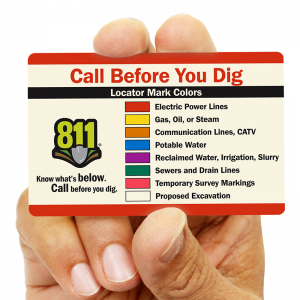
Every effort is made to locate the lines as accurately as possible. But, the safest thing to do is hand dig to expose the utility line before using any mechanized equipment. Lines can vary up to 24” from the marked line and depths can be less than 5”. Remember there may be access lines running through the property even if that service isn’t utilized at that address.
Keep safe this spring. Call 811 before digging.

by Larry Williams | Feb 26, 2019
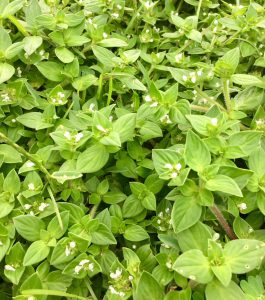
Florida pusley is common summer annual weed. Photo credit: Larry Williams
If weeds were a problem in your lawn last summer, the coming weeks are the time to apply a pre-emergence herbicide to prevent their emergence again this spring and summer.
Timing of a pre-emergence herbicide application for summer annual weeds such as crabgrass should be during February when day temperatures reach 65° to 70°F for four to five consecutive days. This generally coincides with when azaleas and dogwoods first begin to bloom. This in not when these plants are in full bloom but when the first flowers begin to open along the lower branches, particularly on azaleas. Note: This timing is not true for chamberbitter. Chamberbitter requires warmer soil temperatures to germinate. Apply a pre-emergence herbicide during April when battling chamberbitter.
Most pre-emergent type herbicides won’t work when applied after weeds are visible. The product must be applied just before seedlings emerge.
The weeds growing now in local lawns are not summer annuals. Summer annual weed seeds are still dormant awaiting warmer spring temperatures to germinate and emerge.
Most of the weeds in yards now are winter annuals. A few include annual bluegrass, chickweed, henbit, hop clover, lawn burweed and wild geranium.
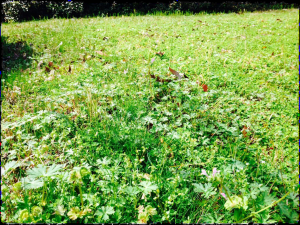
Winter annual weeds in lawn. Photo credit: Larry Williams
A pre-emergence herbicide should have been applied during October to help prevent these weeds.
A few common summer annual weeds include crabgrass, Florida pusley, chamberbitter, sandspur, spotted spurge and doveweed.
If your lawn has a history of summer annual weeds, one control option is to apply a pre-emergence herbicide. Timing is critical in order for pre-emergence herbicides to work.
Look for lawn pre-emergence products that contain the active ingredients oryzalin, benefin, pendimethalin, DCPA or bensulide.
For season-long weed control, a second application may be needed about six to nine weeks after the initial application. To activate some products, irrigation or rain may be necessary following application. Because pre-emergence products may interfere with lawn grass seed germination, delay re-seeding six to sixteen weeks after application.
Overuse of some types of pre-emergence herbicides can cause a lawn to produce short stubby weak roots. So only apply the product if there is a pest to control – in this case, if you have had a history of summer annual weeds. Otherwise, save your money and time. Use pre-emergence herbicides only on lawns that have been established for at least a year. These products can severely injure newly planted lawns.
It is the user’s responsibility to read and follow all label directions and precautions when using any pesticide, including herbicides.
by Ray Bodrey | Jun 7, 2018
Camellias are a Panhandle favorite, as the flowers can highlight a landscape with bright, vibrant colors in fall and winter. However, spring time can bring about these colors in a negative way, in the form of leaf gall.
The camellia is native to Asia and brought to America in the late 1700’s. These plants have proven to be a dependable addition to the southern landscape with minimal care. When camellias are correctly planted and cared for, minimal disease problems arise. However, camellias can contract leaf spot, dieback, root rot and bud and leaf gall.

Camellia Gall Credit: Patty Dunlap, Gulf County Master Gardener.
Leaf and bud galls are caused by the fungus Exobasidium vaccinia. The gall appears as thickened, waxy and enlarged leaves or buds during the cool spring months. One or several leaves on a single shoot may be affected. Once you’ve found infected leaves, no chemical control will be effective. Actually, no fungicide has been found very effective in combatting this condition. However, control can be accomplished in the home garden by simply pinching off and destroying infected leaves. Disease activity usually stops with warmer weather. A best management practice to curb infection is to reduce overhead watering during cool, wet weather periods of spring. Great news, this condition does not cause any long-term issues with the plant.
For more information regarding fungal issues in landscape plants, contact your local county extension office.
Fun camellia fact: The young leaves of the species, Camellia sinensis, are processed for tea, one of the world’s most popular drinks. Please see UF/IFAS EDIS publication, “Tea Growing in the Florida Landscape” by Jonathan H. Crane and Carlos F. Balerdi: http://edis.ifas.ufl.edu/pdffiles/HS/HS30800.pdf
Supporting information for this article can be found in the UF/IFAS EDIS publication, “Camellias at a Glance” by Sydney Park Brown: http://edis.ifas.ufl.edu/pdffiles/EP/EP00200.pdf
UF/IFAS Extension is an Equal Opportunity Institution.
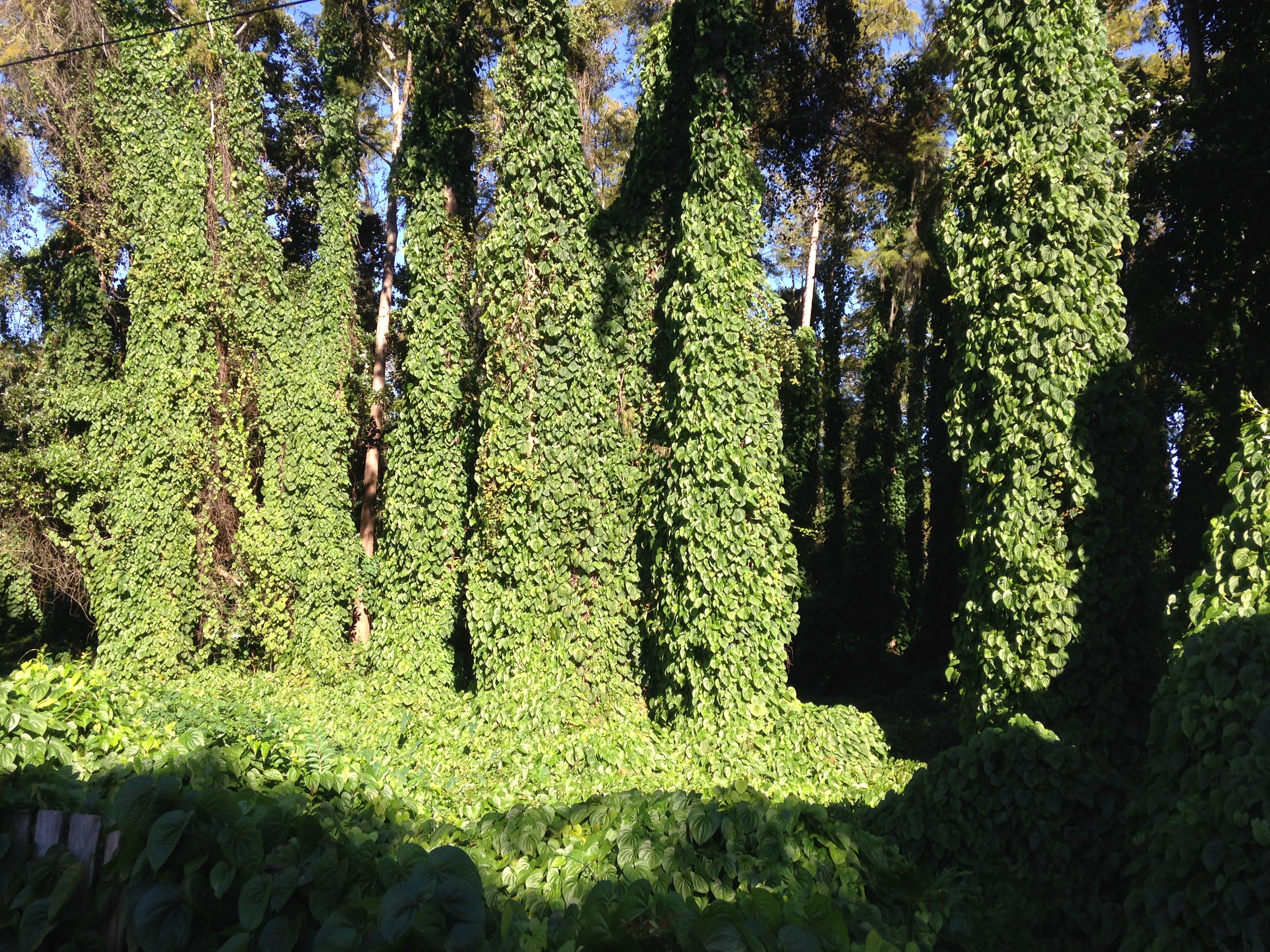
by Julie McConnell | May 23, 2018
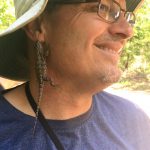
Dr. Steve Johnson, UF/IFAS Associate Professor of Wildlife Ecology will be the featured speaker on June 6th
June 6th is a great day to learn about all types of invasive species that threaten natural areas in Northwest Florida!
The UF/IFAS Extension Bay County office will have multiple educational exhibits with living samples of species of concern from 9 a.m. – 5 p.m. on Wednesday, June 6th. This is a multi-agency effort to inform citizens about the impact of invasive plants and animals and how they can help reduce introduction and spread. For full details see the Bay_Invasive Workshop Flyer
We are pleased to announce our partners Florida Fish and Wildlife Conservation Commission (FWC) and Science and Discovery Center of Northwest Florida will be on hand to share information about caring for exotic pets and current management plans for invasive species such as Lionfish, Aquatic Weeds, and how to surrender an animal on designated Pet Amnesty Days.
At noon there will be a special guest speaker for a bring your own lunch & learn “Exotic Invaders: Reptiles and Amphibians of Concern in NW FL.” Dr. Steven Johnson, UF/IFAS Associate Professor of Wildlife Ecology, will talk about exotic reptiles and amphibians we should be aware of that may occur in our area.
In the morning, we will be focusing on the invasive air potato vine with the distribution of air potato leaf beetles for biological control. Need air potato leaf beetles to manage the air potato vine on your property? Please register here http://bit.ly/bayairpotato to receive beetles – they will be distributed from 9 a.m. – noon on June 6th.
Learn more about the success of the Air Potato Biological Control program at http://bcrcl.ifas.ufl.edu/airpotatobiologicalcontrol.shtml
#invasivespecies
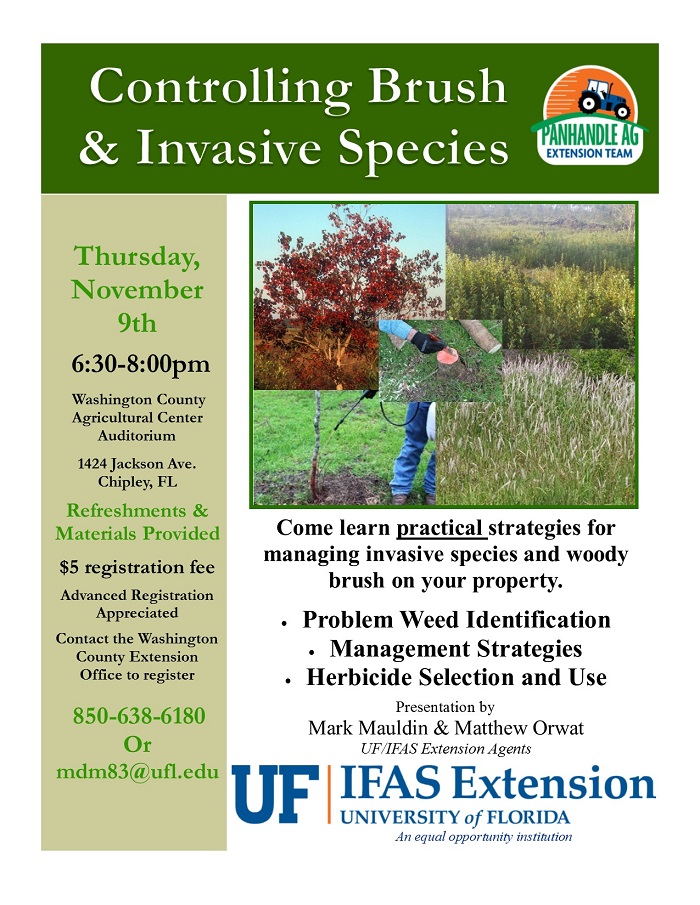
by Matthew Orwat | Oct 26, 2017
Encroaching brush, whether native or invasive, can be a problem for properties large and small. Fighting woody brush and other hard-to-kill weed species can be challenging for property owners. Many factors affect the effectiveness and efficiency of control efforts.
Timing of the application is a key factor that many property owners fail to consider. The cooler, fall and winter months are an excellent time to control a wide variety of troublesome brush species. With this in mind, the Washington County Extension Agents will be presenting a class, Controlling Brush & Invasive Species on November 9, 2017. The class will focus on plant identification and specific chemical control strategies that are effective in the fall and winter months. Herbicide selection and application techniques will be addressed in detail.
Controlling Brush & Invasive Species will be held at the Washington County Agricultural Center (1424 Jackson Ave., Chipley, FL) on Thursday, November 9, 2017 at 6:30 in the evening. Refreshments and printed reference materials will provided. There is a $5 registration fee for the class, payable at the door. Advanced registration for the class is appreciated. If you have questions or would like to register please contact Mark Mauldin at the Washington County Extension Office (850-638-6180 or mdm83@ufl.edu).














